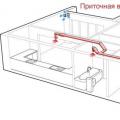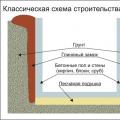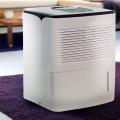1.
2.
3.
4.
5.
6.
7.
8.
9.
10.
Since traditional sources of thermal energy are becoming more expensive every year, many owners of private houses are wondering if there is an alternative heating for a private house that allows them to save money on space heating.
What is alternative heating of a private house
Usually, “alternative heating” means all methods of heat supply to a residential building that were not used by consumers a few decades ago. In fact, this term should be interpreted more narrowly. Alternative types of heating of a private house are space heating, in which:- renewable energy sources are used to generate heat, for which there is no need to pay bills from service providers. Alternatively, partial use is possible;
- the arrangement of heating systems is carried out at acceptable costs, incomparable with the cost of a heated house.
Reasons for the introduction of alternative heating
The main reason why property owners are introducing alternative heating systems for a private house is the constant rise in prices for many types of energy carriers, including electricity, natural gas, coal, etc.Despite the fact that now the heat supply of a private house operating at the expense of main gas is the cheapest, this source of thermal energy is becoming more expensive from year to year. Since its reserves are limited, this trend will continue in the future. Alternative heating of a private house is not only cost-effective, it is progressive, as it does not burn fossil fuels and wood.
Alternative heating options
solar systems
Solar energy can be used to heat homes in two ways:- by converting it into electricity, on which heating equipment will then work;
- for heating the liquid heat carrier circulating in a natural way or by means of a pump through convectors or radiators.
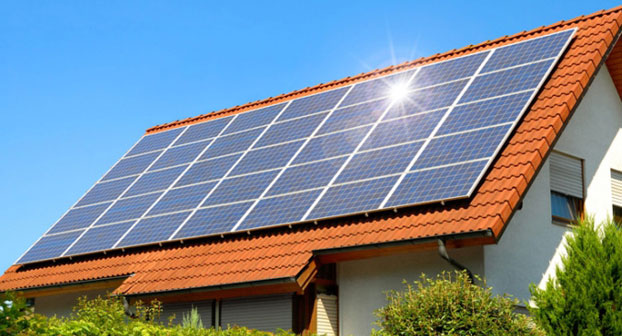
The peculiarity of the use of solar systems lies in the fact that even in the southern regions, where there are many sunny days a year, no one canceled cloudy weather and night time. For this reason, it can be concluded that they are not suitable as round-the-clock sources of thermal energy.
The following options for implementing this type of heat supply are possible:
- The solar heating collector for heating the house operates in parallel with the electric heater. The temperature of the coolant is controlled using special sensors. If the degree of heating falls below a certain value, heating continues with heating elements. See also: "".
- In addition to the controller and inverter for generating mains voltage, a solar battery for home heating is also supplied with a high-capacity battery. In daylight, energy is stored in solar batteries. In cloudy weather and at night, the source of food isthese devices. Provided that the photocells have an appropriate area, and the batteries have a capacity, it is possible to create an energy-independent alternative heating for a country house. See also: "".
True, in this case, there may be problems associated with energy storage technologies. The fact is that even the best batteries can last a maximum of 5 years in such a heating system. The cost of new elements is similar to the amount of electricity bills used for space heating with electrical appliances over a five-year period. - The simplest solution to save energy, and therefore the cost of heating a house, can be implemented independently. Alternative heating of a private house or apartment, which means energy supply, is carried out using a solar battery with a controller and an inverter - they are connected in parallel to the outlet, plus heaters of any type are used (read: "").
This will require a disk mechanical counter, since electronic devices do not register the reverse direction of currents. In clear weather, when photovoltaic cells are capable of generating more electricity than is spent on heating, the meter will wind off kilowatts in the opposite direction. The savings are significant.
Wind energy
Also, to generate heat, you can use the energy that is produced using wind. Industrial related equipment is commercially available and the cost is quite affordable. This solution has a feature - large impeller parameters. In a 4-kilowatt wind generator, this element can reach 10 meters.The problems associated with the accumulation of electricity for heating, inherent in solar systems, are similar to those of wind turbines. Of course, it makes sense to use alternative methods of heating a private house that use the power of the wind to function in regions where moderately windy weather is constantly observed, and this is, first of all, the sea coast and the steppe area.
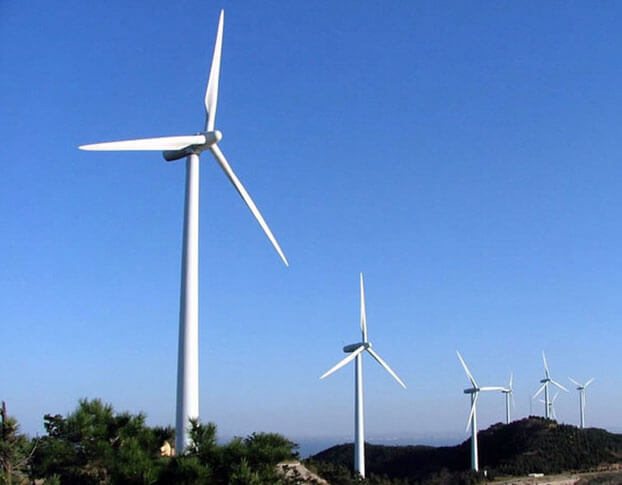
If the collector can use solar energy to heat the coolant directly, then when using a wind generator, everything is much more complicated. It is necessary to convert the mechanical energy of the windmill rotation into electricity, and only then is it possible to heat the air in the room. As a result, the efficiency of the heating system decreases.
Heat pumps
The most versatile alternative heating systems to district heating are modern equipment called heat pumps, shown in the photo. The principle of their operation is based on the transfer of thermal energy from a source with low potential to the building.The operation of all heat pumps without exception is based on the same elements that can be observed in any refrigerator: a heat exchanger, an evaporator and a compressor. As for specific implementation options, they can differ significantly and therefore the issue of the cost of the decision made is in a wide range of prices.
Ground-to-water heat pumps
These devices are the most versatile alternative sources of heating for suburban households in terms of depending on the climatic zone.The principle of their operation is based on the fact that even at a depth of several tens of meters in permafrost areas, the soil temperature exceeds zero degrees.
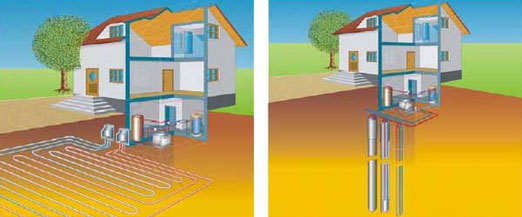
Heat exchangers designed to extract heat from the ground are probes that are immersed in special wells. It requires the laying of highways, the length of which exceeds more than a dozen meters, and in addition to the high price of the pump, the cost of its installation itself is rather big. So drilling one well costs about several thousand rubles per linear meter, and you need more than one well. In addition, it is still necessary to install a pump and immerse probes into the well.
It will cost a little less to install a ground-water pump with a horizontally located collector. Heat exchangers are immersed in trenches below the freezing level.
The disadvantage of such heating is the large area required to install the heat pump. The resulting heat is spent on heating water for domestic needs and transferring thermal energy to heating devices.
Heat pumps water-water
The presence of flowing groundwater in the area of the building's location allows you to create alternative heating with your own hands, and the cost of implementing such a project will be low. This is due to the fact that it is easier to take away heat from such an energy source. You will also only need one immersed heat exchanger probe. A sufficient drilling depth is considered to be 10-15 meters.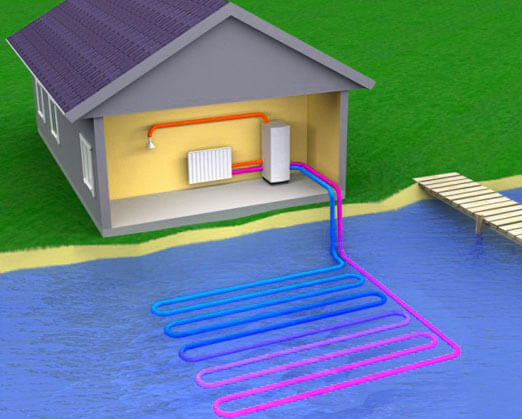
Air-to-water heat pumps
The air-to-water heat pump uses outdoor air. The heat exchanger is a radiator with a large area of fins, it is blown by a low-speed fan. These pumps are affordable and much cheaper to install. But they have the following drawback: when the temperature outside drops, their effectiveness is significantly reduced, because it is more difficult to take away heat from cool air.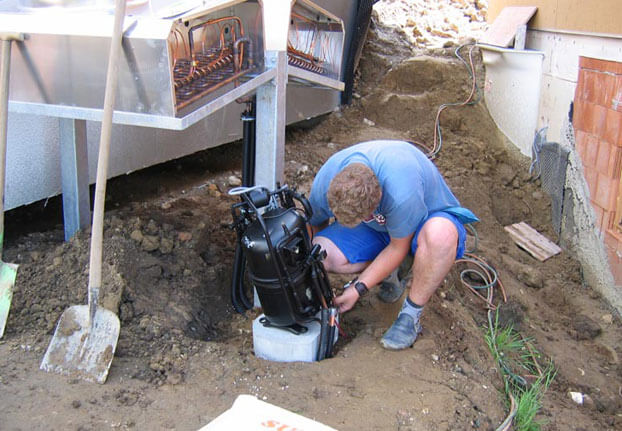
Air-to-air heat pumps
The absolute champion in terms of the cheapest implementation of a heat supply project is the use of an air-to-air heat pump. An example of such equipment is a conventional split system configured for heating mode.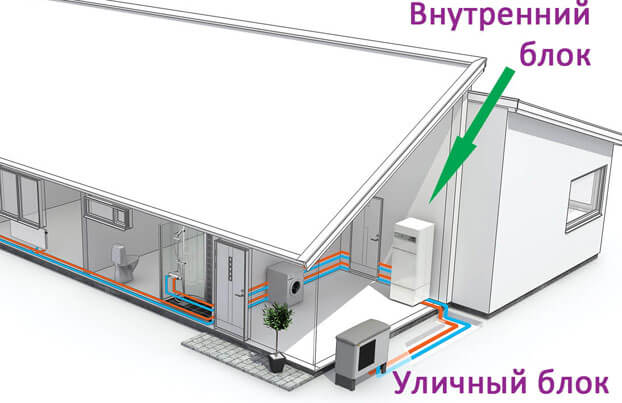
Heating the room with an air conditioner will cost much more economically than with an electric heater, since electricity is not spent on heating the air, but on the operation of a compressor that pumps heat from the street. So the best models of inverter air conditioners pump 5 kW of heat into the house for one kilowatt of electricity consumed.
Inverters from well-known manufacturing companies cost up to one thousand US dollars along with installation services and are able to operate at outdoor temperatures up to 25 degrees below zero.
A detailed video about alternative heating of a private house:

